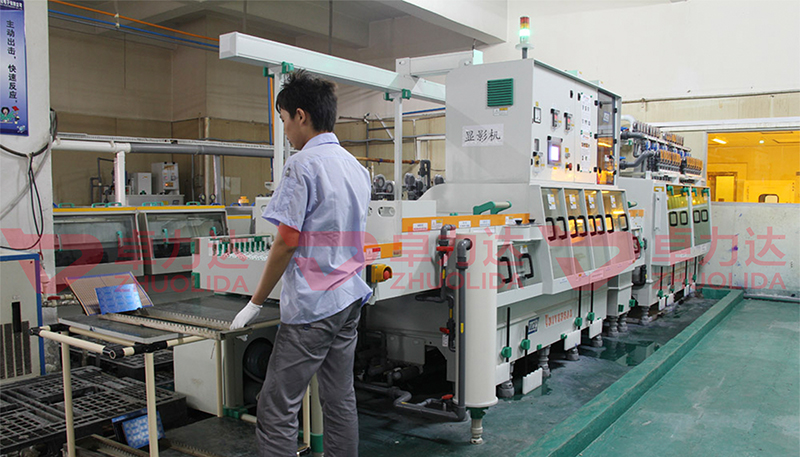
Using glass etching cream on stainless steel might seem like an easy way to personalize metal objects, but it’s generally ineffective. Glass etching creams, such as those from brands like Armour Etch, are specifically designed for glass, not metals, especially not stainless steel. Below, we’ll explore why etching cream doesn’t work on stainless steel and review several alternative methods that do.
Chemical Composition of Etching Cream: Glass etching cream typically contains acids like hydrofluoric acid or ammonium bifluoride, which react with the silica in glass to create a frosted, etched appearance. Glass is soft and reactive to these acids, allowing the cream to break down its surface and leave a mark. However, this chemical composition isn’t suitable for stainless steel.
Resistance of Stainless Steel: Stainless steel is a metal alloy containing iron, chromium, and often nickel. The chromium creates a protective chromium oxide layer on the surface, making stainless steel highly resistant to corrosion and chemical reactions. This layer prevents the acids in etching cream from interacting with the metal, meaning the cream will simply sit on top without any visible effect.
Since standard etching cream can’t penetrate stainless steel’s protective layer, alternative methods are necessary if you’re looking to etch or mark stainless steel.
Several effective methods can etch stainless steel, each suited for different types of designs and project scales:
Electrochemical Etching
How it Works: Electrochemical etching uses an electric current and electrolyte solution to create a permanent mark on stainless steel. A stencil is placed on the metal, and the electric current transfers ions, effectively etching the exposed area of the steel.
Applications: This method is widely used for industrial marking (e.g., tools or medical instruments) and even DIY projects where precision is essential.
Pros: This technique is safe (no harsh chemicals) and creates precise, clear markings. Kits are available for beginners, making it an accessible option for DIY projects.
Cons: Requires a basic setup, including a power source and electrolyte solution.
Laser Etching or Engraving
How it Works: Laser etching uses a laser beam to vaporize the metal’s surface, creating a detailed and permanent design. This process is highly precise, allowing intricate patterns and designs.
Applications: Ideal for fine detailing, branding, or personalizing items like stainless steel water bottles or industrial components.
Pros: Extremely precise and fast, with high-quality results. It’s contactless, which reduces wear on the equipment.
Cons: Laser etching machines can be expensive and are typically only available through professional services or specialized workshops.
Acid Etching with Ferric Chloride
How it Works: Ferric chloride is an acidic solution that reacts with stainless steel, slowly breaking down the surface and creating an etched design. A stencil or resist is used to control the pattern.
Applications: Common in metalworking and artistic projects, particularly for deep etching or rustic designs.
Pros: Effective on stainless steel and provides a deep, durable etch. It’s a common method for knife and tool makers.
Cons: Ferric chloride is corrosive and requires careful handling, including protective gear and a ventilated area.
Sandblasting
How it Works: Sandblasting uses pressurized air to blast fine abrasive particles (e.g., sand or glass beads) at the stainless steel surface, gradually wearing down the exposed areas.
Applications: Often used for larger designs or creating a frosted appearance on items like signs, panels, or decorative pieces.
Pros: Sandblasting produces a uniform, matte finish and is effective for durable markings.
Cons: Requires specialized equipment and safety precautions to avoid inhaling particles.
Choosing the right etching technique depends on your project goals, budget, and access to equipment:
For Detailed Work: Electrochemical etching or laser engraving are ideal. These methods allow high precision and are suitable for logos or intricate designs.
For Industrial or Heavy-Duty Marks: Acid etching and electrochemical etching create durable marks that can withstand wear.
For DIY-Friendly Options: Electrochemical etching kits are relatively affordable and accessible for DIY use.
All methods for etching stainless steel, aside from standard etching cream, require strict safety protocols:
Wear protective gear, including gloves, goggles, and masks, especially when using acids or abrasives.
Ensure ventilation in the workspace to avoid inhaling fumes or particles.
Dispose of chemicals properly to prevent environmental harm, especially ferric chloride, which is toxic.
Etching cream isn’t designed for use on stainless steel and won’t produce any lasting effect. However, other methods—such as electrochemical etching, laser engraving, acid etching, and sandblasting—can create permanent, detailed designs on stainless steel surfaces. With the right method and safety precautions, you can effectively personalize and mark stainless steel items for both functional and decorative purposes.
Contact: andy_Lai
Phone: 18938693450
E-mail: yw9@zldsmt.com
Add: Building A3, Huafa Industrial Park, Fuyong Town, Fuyuan Road, Fuyong Town, Baoan District, Shenzhen,China